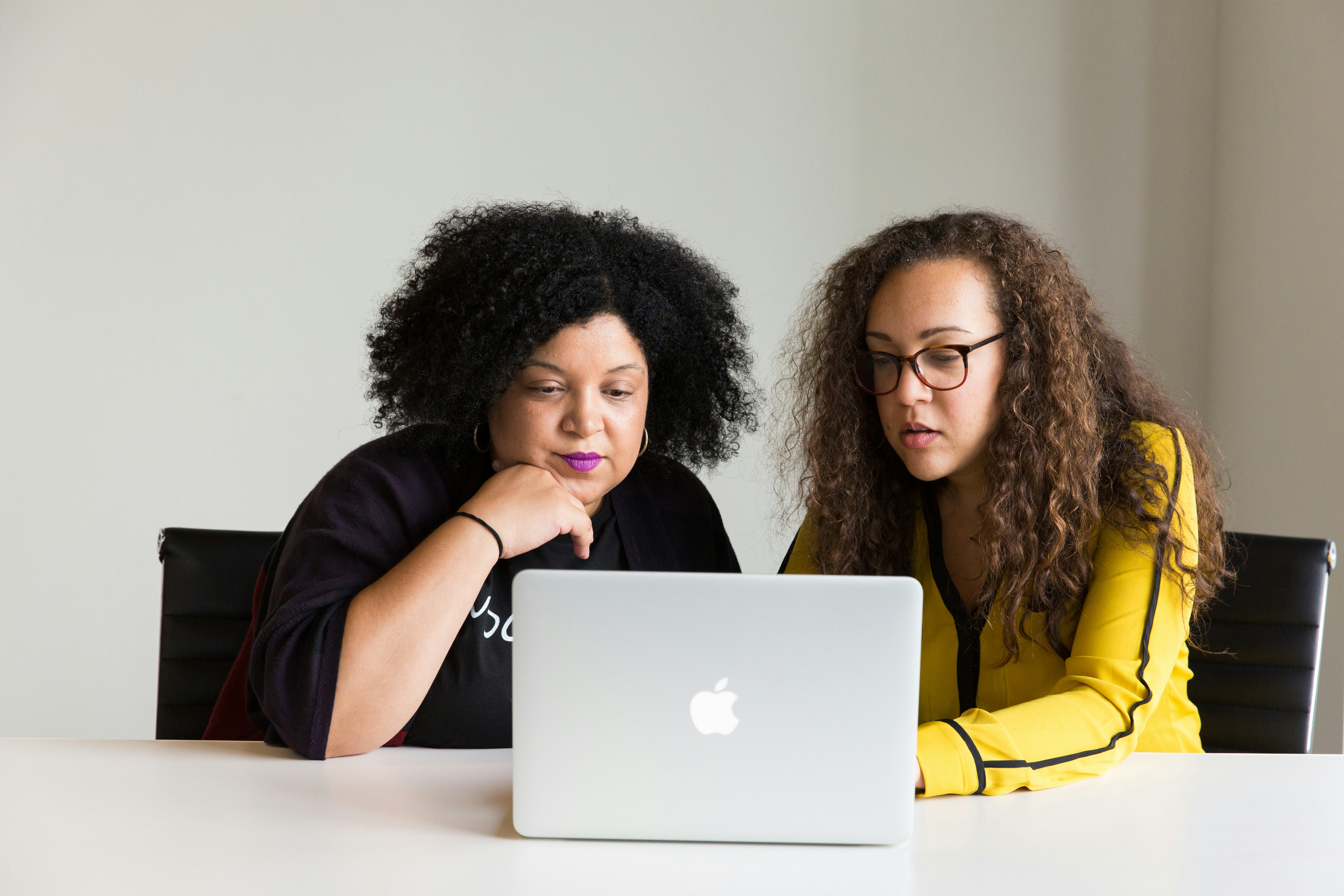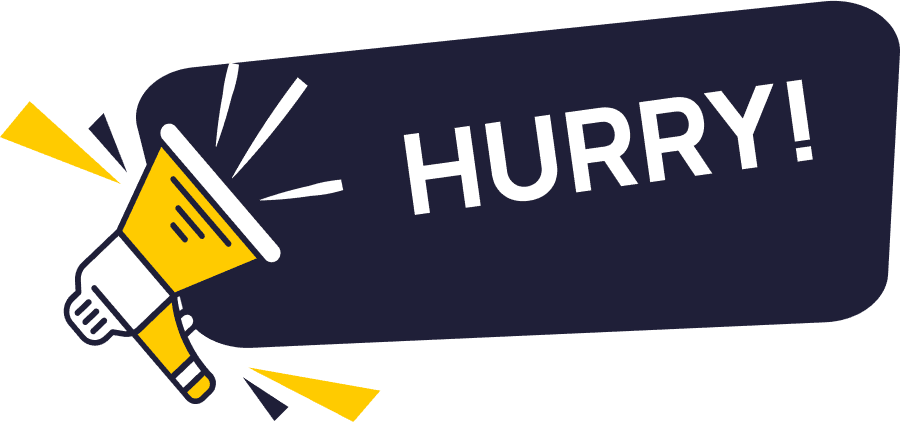Jun 28, 2025
Why Your Email Closing and Sign-off Matter

When it comes to email, it’s easy to get so caught up in the opening and body that you forget about the closing. The way your email ends, though, is just as important as the rest of your email. A strong closing can leave a lasting impression, reinforce your professionalism, and build rapport, especially in business or formal communication.
The Impact of Poor Closings
Common mistakes, such as overly casual sign-offs or abrupt endings, can harm your credibility and damage your relationships. Choosing the proper closing can influence how your message is received, so don’t overlook this vital element of effective email communication.
Professional Email Closings Reinforce The Tone Of Your Message
Email is a continuation of centuries of the heritage of letter writing, from business letters to more casual correspondence. Some traditional sign-offs, though, get lost in translation from paper to pixel. “Yours truly” evokes the sound of your childhood pen pal letters. “Sincerely” can still work in cover letters, but it often falls flat and comes across as stodgy in all but the most formal emails.
What to Avoid
While email has contributed to a more casual tone in overall business correspondence, there are business email sign-offs you still want to avoid when you’re wearing your work hat, such as “closings you would use with personal contacts or loved ones (‘Love,’ ‘Hugs,’ etc.),” says business email etiquette expert Judith “Miss eManners” Kallos.
“The general rule of thumb with business email is, if you wouldn’t do it on your business letterhead, you don’t do it in email.”
Matching Tone to Your Closing
Judith contends the best email sign-off is the one that best matches the tone of the overall email and your relationship to the recipient. “A sign-off that does not match the essence of the email’s text can be perceived as being sarcastic or downright rude,” she explains. “For example, I doubt if you were sending a professionally stern email that you would sign off with ‘Warmly’!”
Make Sure to Include an Email Signature
And by the way, after your closing, be sure to include a signature—the tried and true combo of your full name, my title, my organization, and relevant contact information, such as relevant phone numbers (typically office line and cell phone), email, main webpage, and, if applicable, one to three professional social media profiles.
What is a Professional Sign-Off?
A professional sign-off comes at the end of an email and includes:
A parting phrase
Your name and title (if applicable)
Your contact information
Using an appropriate sign-off demonstrates consideration for the recipient and your professional relationship.
Parting Phrase
The first part of a professional sign-off is an appropriate closing phrase. Sign-offs reaffirm the tone of your email exchange, concluding each message on a friendly and productive note. All sign-offs serve to express a message’s tone. Think about the difference between these two sign-offs:
See you later
Best regards
While both end a message, they each have different tones: casual versus formal. Let your relationship with the email’s recipient guide you when choosing the ideal sign-off. For example, if you’re applying for a job, giving your two weeks’ notice, or sending a formal email, choose a formal sign-off, such as:
Regards
Sincerely
For a colleague you speak with regularly, you should still use a professional sign-off, but you can opt for something more informal, such as "Cheers" or "Best."
Name and Contact Information
After this parting phrase, include your full name and contact information. Generally, this means you should include your phone number. Although it can seem redundant, it’s also helpful to share your email address here, along with any other channels through which the recipient may contact you, such as LinkedIn or another social media platform.
When to Use a Professional Sign-Off
Use a professional sign-off in every piece of professional communication you write. It does not matter if you already have an established relationship or a friendly rapport with the recipient; if it’s a piece of professional communication, it needs a professional sign-off. Generally, this refers to emails, but it also includes printed business letters.
A professional email signature is not a substitute for an appropriate sign-off. Although you don’t need to type out your contact information after my name if it’s included in my signature, please ensure that you close the email with an appropriate parting phrase.

Related Reading
• Cold Sale
• Cold Prospecting
• How to Re-engage Lost Customers
• Outreach Methods
• Professional Email Example
• Collaboration Email Template
• How to Get Email Address From Facebook Url
• Email Audit
• Targeted Lead Generation
• Cold Email Personalization
How to Sign an Email Professionally

Here are four things to consider before hitting send. In other words, learn a good way to end an email:
1. Know your audience
You probably don’t speak to a family member the same way you would with a potential customer you’ve never met. The same logic applies to your email ending. The email’s audience determines the tone of your email, as well as its level of formality.
Use formal language with people you don’t know well, managers, colleagues, or customers with whom you have a business relationship.
Employ a clear structure
Maintain a polite and respectful tone when writing formal emails
Reserve informal language for interactions with friends or family members, or colleagues with whom you have a more relaxed relationship. The structure here doesn’t need to be as rigid, and you can use more casual language. Email closing examples:
Talk later
Thx
See ya
These are examples of informal email endings typically used in casual settings. It’s a good idea to maintain respectful and professional behavior, especially in a business setting.
2. Use a professional email closing phrase
Closing phrases are a regular occurrence in most business emails. A professional email sign-off phrase is a short sentence that you use before formally ending your email. You’re preparing your reader for the end of the message.
Ending Your Business Emails Professionally
Closing phrases often express gratitude, convey well wishes, or simply bid farewell. They are a great way to end a business email gracefully, adding a final touch just before the very last sentence. Here are a few ways to end a formal email in a business context. See professional ways to end an email:
Looking forward to meeting you.
Have a great day.
Let me know if you have any questions.
Don’t hesitate to reach out if you need additional help.
You’ve done a fantastic job, keep it up!
Please don't hesitate to contact us if you have any questions.
Looking forward to hearing from you.
Thank you for the productive session.
Thank you for your time.
I appreciate all your help.
Thank you for all the information you’ve provided.
Good luck with your presentation tomorrow.
I hope your presentation goes well.
Thanks again for the reminder.
Thank you again for the follow-up.
I’d be happy to jump on a call if you have additional questions.
I look forward to learning about the next steps of the interview process.
I’ll be in touch about next steps next week.
Please let me know if you have any questions.
Let me know how I can help during the process.
Please let me know if you need to reschedule.
Please let me know if that sounds okay to you.
If you have any questions, please do not hesitate to contact me.
Please let me know if there is anything else we can help you with in the meantime.
Please let me know what works best.
Please let us know if you have further questions.
3. Sign-offs: stick to the classics
When it comes to sign-off lines, there’s no need to be original. The business world relies on customs to operate, and email endings are no exception. The following email sign-offs are all good ways to end a business email. Simply select the one that fits with your audience and your overall message.
Warm regards
Best
Kindly
Thank you
Best regards
Thanks
Regards
Thanks in advance
Best wishes
Wishing you all the best
Take care
All the best
Stay in touch
4. Include an email signature
Your email signature serves as your digital business card, allowing you to present yourself to the outside world. It comes right under the sign-off. The basics of a business email signature should include the following elements. Learn to how to sign an email professionally:
Full name
Job title
Company name, including a hyperlink to the website
Additional contact information, such as a phone number
If relevant, include graphics such as your company’s logo
You might want to include links to your Twitter, LinkedIn, or Facebook accounts, depending on whether you use them to promote your brand
Beyond promoting your brand, you can also use signatures to collect customer feedback by embedding a survey in your email signature. For a clutter-free professional link, share a digital business card and add all the details, including the survey link, as your email signature. You can choose the best digital business card software to create one.
5. Proofread your email ending
Typos in an email can indicate a lack of professionalism at worst (and sloppiness at best). Don’t let a simple typo at the end of your email (“Wishing you all the rest” is not exactly the best) spoil an otherwise great-looking business email. Pay special attention to:
Repetitive sentences
Apostrophes
Misspellings
Capitalization
Other details that will make your email look polished
It’s also a good idea to use a spelling and grammar check while you write.

Related Reading
• Unprofessional Email Address Examples
• Omnichannel Lead Generation
• Sales Funnel Email Sequence
• Nurture Email Sequence
• How to Change Email Signature in Outreach
• Email Outsourcing
• Email Management Tips
• Find Email of Twitter Account
• Partnership Email Template
12 Professional Email Closing Phrases Examples

1. Networking Email Closings
I’d love to connect over the phone to learn more about the position. Are you available anytime next Monday, January 2nd, from 9 a.m. to 3 p.m. MST? You can reach me at (123) 456-7890.
Best, Charlotte Smith Example University Class of 2026 (123) 456-7890
2. Job Application Email Closings
Thank you for taking the time to review my resume. I’m looking forward to speaking next week. Best regards, [Full Name]
Thank you again for sharing this opportunity! I’ve attached my resume. Please let me know if you have any questions. Best regards, [Full Name]
I appreciate you taking the time to review my resume. Don’t hesitate to reach out if you have questions. Best wishes, [Full Name]
Thank you for your time today. It was great meeting you. Please let me know if you have any more questions. Warm regards, [Full Name]
Thank you so much for the follow-up. I’m looking forward to meeting you. Best, [Full Name]
3. After a Phone Screening
Once again, thank you for taking the time to speak with me today. I’ve attached my resume and online portfolio for your review. I look forward to hearing from you soon — I will follow up on [date] if I haven’t heard from you by then. Thank you, Michael Johnson https://www.linkedin.com/in/michael-johnson-1
4. After an Interview
Thank you again for your time today. If you have any further questions, please don't hesitate to reach out. I look forward to hearing from you and will follow up on [date] if I haven’t heard from you by then. Sincerely, Isabella Rodriguez Data Analyst Brooklyn, NY.
5. When Accepting a Job Offer
Thank you so much for the opportunity, and I look forward to working with you soon! I’ll see you on October 2nd in the New York office. Cheers, Shayna Coleman (098) 765-4321
6. Collaborating With a Coworker
Please let me know if you have any questions. I’m happy to jump on a call or discuss this further in Slack! Best, Caitlin Imler Program Strategist Los Angeles, CA
7. Sending an Update to Your Team
Please review the above and let me know if you have any questions or feedback by [date]. Looking forward to hearing from you! Best, Lucy Grose Chief of Staff, Company Z Madison, Wisconsin
8. Working With a Client
I’m confident our approach can drive the brand awareness results you’re looking for. Please let me know if you have any questions about the proposal, which I’ve attached below; I’m happy to answer via email or in a follow-up call. Thank you, Fiona, Customer Success Manager, fiona.a@companyz.com, (145) 321-456.
9. Following Up After a Meeting
Thank you again for your attention and engagement during today’s presentation. In addition to the action items I’ve outlined above, I’ve attached the slides for further reference. Please let me know if you have any questions. Best, Julia Senior Designer, Company X
10. Asking for help or a favor
Thank you in advance for your help, and don’t hesitate to reach out if you have questions. I’d be happy to jump on a call to talk it over. Best, [Full Name]
I appreciate your support on this matter. Please let me know if I can assist you in completing this task. Thank you, [Full Name]
I’d love to know your thoughts. Please let me know if you have time for a quick call to talk it over. Best, [Full Name]
I would appreciate any assistance. Please let me know if I can be of any assistance during the process. Thank you, [Full Name]
11. Saying thank you
I value your contributions to developing the new feature. It wouldn’t have been the same without you! Thank you. Warm regards, [Full Name]
I’m so grateful for your help, and I hope our paths cross again in the future. Warm wishes, [Full Name]
Thank you so much for all your help. I appreciate how you went out of my way to get things done. Best, [Full Name]
Thank you so much for all your feedback so far. Your input is valuable and will help shape the future of [company]. Thank you again. Best, [Full Name]
I appreciate you taking the time to tell us your thoughts. Don’t hesitate to reach out if there’s anything else you’d like to share. Best regards, [Full Name]
12. Asking for information
Thank you in advance for the information. Please don’t hesitate to reach out if you have any questions. Best regards, [Full Name]
If you have any questions or would like to share more, please don't hesitate to contact me. We’re always happy to hear from you! Best, [Full Name]
Please review the above and let me know if you have any questions or comments by EOD tomorrow. Thank you in advance! Best, [Full Name]
Thanks in advance for the update. Have a great day! Best, [Full Name]

Start Buying Domains Now and Setup Your Email Infrastructure Today
At Inframail, we are revolutionizing cold email infrastructure with unlimited inboxes at a single flat rate. We provide Microsoft-backed deliverability, dedicated IP addresses, and automated technical setup to help agencies, recruiters, and SDRs scale their outreach efforts efficiently.
The Benefits of Using Inframail for Your Cold Email Outreach
The main benefits of using our service:
Automated SPF, DKIM, and DMARC setup
Dedicated email servers for each user
16-hour priority support daily
Effortless Email Infrastructure
Unlike traditional providers that charge per inbox and leave you wrestling with technical configurations, Inframail streamlines the entire process. We handle the complex infrastructure setup while you focus on reaching more prospects.
Scalable Outreach, Simplified
Whether you're an agency looking to scale outreach, a recruiter connecting with candidates, or an SDR driving sales, InfraMail provides the robust email infrastructure you need without the usual technical headaches and per-inbox costs.
Start buying domains now and setup your email infrastructure today with our email infrastructure tool.
Related Reading
• How to Cold Email for Research
• How to See if Someone Read Your Email on Outlook
• Sales Accepted Lead vs Sales Qualified Lead
• Email Quote Template
• How to Cold Email for an Internship
• How Many Emails Can Be Sent at Once in Gmail
• Lead Nurturing Tools
• How Long Should a Newsletter Be
• PR Pitch Email Example
• Podcast Email Examples
• Best Sales Acceleration Tools


